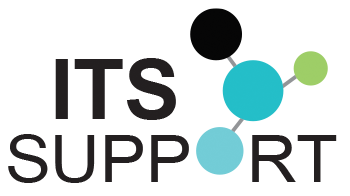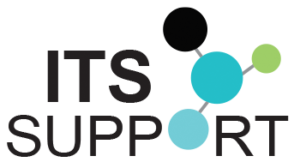Step 6 – Implement the required reasonable technical measures
OUR APPROACH: Facilitate implementation of Security and Technical Measures.
WHY WE DO IT: One of the key requirements of the Act is to ensure the implementation and maintenance of Security Safeguards and Technical Measures.
Technical measures are mostly focused on information security issues and the implementation of technology systems, access protocols, adequate storage and IT filing systems, cloud storage systems, document and records management systems, anti-virus software and firewalls, cyber security software, access rights and data security, physical security of servers and Information Technology systems etc.




